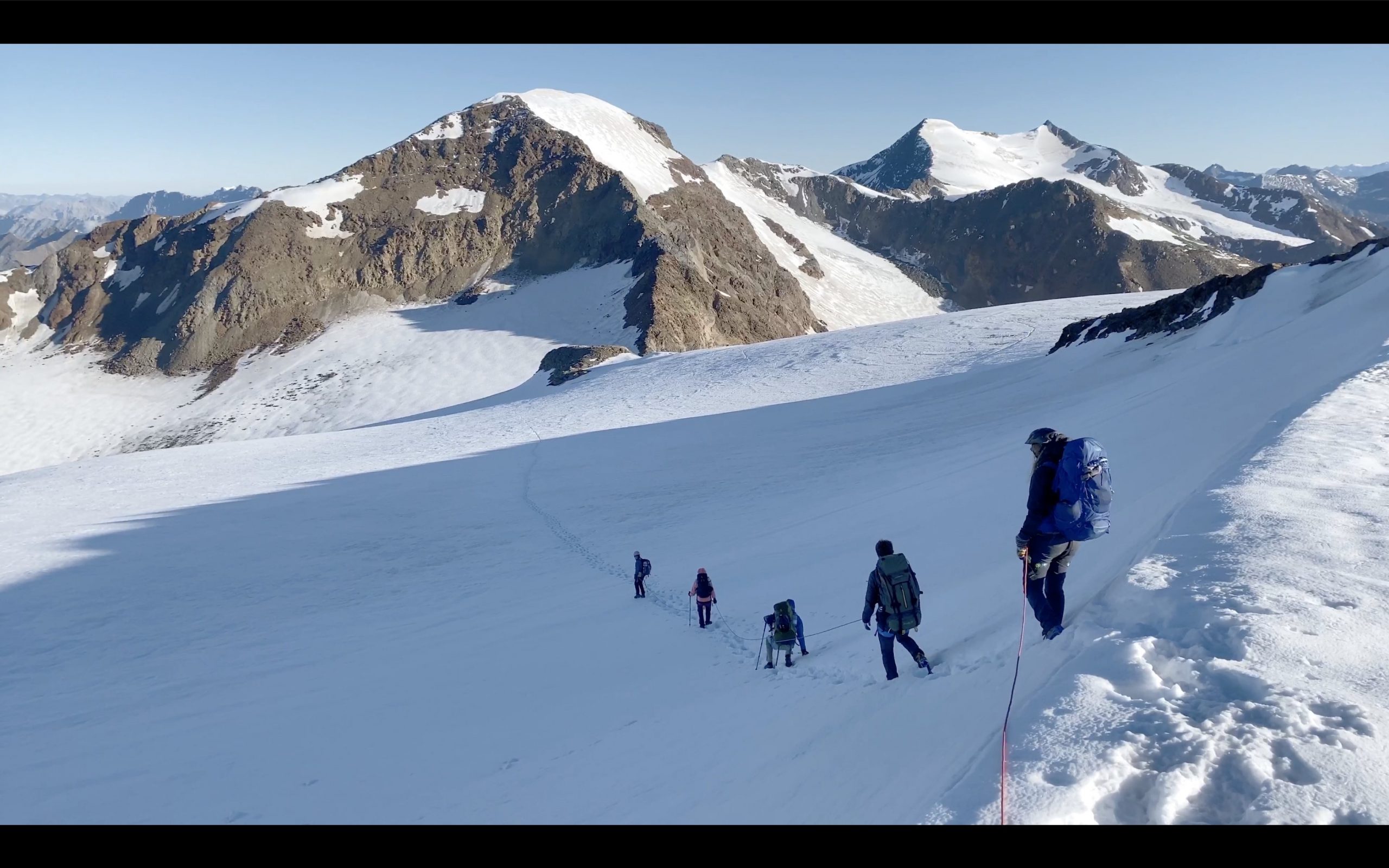
Sometimes we almost forget how different planning and booking a vacation has become in comparison to what it was not so long ago. ‘In the old days,’ booking vacations was outsourced to specialized travel agencies. But with the advent of the internet, the workload of finding a suitable vacation has increasingly shifted to consumers themselves. Nowadays, instead of spending time at travel agencies, plenty of people spend hours online sorting out the best trip possible for their holiday. Aside from that, it is a lot of fun checking out all the amazing travel videos and stories out there in anticipation of your own trip. You never got that in a store …
Back then, you still had to bring enough cash or cheques with you on a trip and keep all the road maps you might need on hand. Plus, as a kid, you were pretty busy beforehand recording cassette tapes for your Walkman.
Nowadays you can walk into a restaurant, hold your phone over the menu and it will be translated in real-time. You can also communicate directly using the voice function of Google Translate. Public transport is a breeze with all of those Google Maps’ integrations. Taking an Uber means you can be sure that you are in the right place, without having to worry about being ripped off. On balance, I think it has become easier to go on vacation to the most remote places on earth.
Shortcut through the jungle
All of this digital information has also made it easier to do things you would not otherwise do. You can read up on experiences and stories and consequently be able to better imagine what it will be like. So some activities that you would normally never do now suddenly seem like a good idea. Travel agencies usually would never advise you to take a shortcut through the jungle where you would come across an incredible waterfall. But if 3489 users on Komoot (an app for hikers with all kinds of popular routes) went there before you, then it must be doable, right?
Do the internet and all available apps help us to push our boundaries (and thereby a bit of our own self-development) or do they sometimes make us just a tad too reckless? Take my own holiday as an example: In the run-up to our vacation, five more people joined our party of three. When it comes to a larger group, there is also a different dynamic within that group. Ours was a fit and highly educated group, all up for an incredible adventure.
Half a meter of soft snow
The original hiking trail ran through the mountains from one valley to the next. But that can be a bit tougher when there are eight of you. It was a round trip, over mountain peaks, and back to the same valley within a few days. Along the route: 5 huts, 3 glaciers, and half a meter of soft snow on some stretches. We had never done any of that before, never mind that we did not have the right gear for it. But after a Google search by all three of us, we found that it appeared to be doable.
We had considered taking a one-day Alpine course with the three of us. Yet that is also something that you don’t do as readily when you suddenly become a group of eight and consider the time and cost. Therefore, it was inevitable that we made a few inquiries in the nearby village. According to the locals, the route could be done perfectly well with a few crampons, a rope and a harness for everyone. Unfortunately, the small village only had crampons for 5 of the 8 people in our group. Moreover, we would not be able to reach the hut if we were to drive to another village that morning to get extra supplies. We hasd already lost an hour than what we had planned. We’d just have to get there with all of us, with or without that gear. All for one, one for all,
No visibility and half a meter of snow
Six hours later we were in half a meter of snow, with no view of the summit and a temperature of minus 5 degrees Celcius. And we still had another 1½ hours to walk to get to the hut. Oops … Was this such a good idea after all?
Once we reached the hut, it turned out that a Dutch family had waited until 1 pm that day to start out because it was only then that the authorities had announced that it was safe enough to walk the route. Our second oops … We had not done that. On the other hand, it didn’t make much difference to this particular family. They had also ended up in half a meter of fresh snow with no visibility.
The first section of the glacier was scheduled for the next day. After having spotted the first gaps in the ice, we decided it was best to fasten some ropes and harnesses. During our prep, we had thought out (and googled) what the best way would be: two groups of 4, in any event – those at the rear and front got to wear crampons, heaviest ones at the rear and the women divided up evenly between the two groups.
Logistical oversight
In the end, it turned out that taking the right material with you was only half the story. There was – so to speak – some logistical oversight. One group was already on the glacier with both ropes, while the other group was still standing next to it without a single rope. That meant that the group without the rope had to wait for the group with both ropes to move further along. On the glacier, one of us knew a thing or two about knots, but it took more than an hour before the group was properly secured and was able to hike on for 10 minutes. In the meantime, the other group who was still standing alongside the glacier and had plenty of time to watch all kinds of YouTube alpine clips. Once both groups were back together again, the group without rope could prepare themselves within 5 minutes and keep on going.
I daren’t say whether it was due to our team spirit, or our misplaced sense of expertise that we gained from thorough online training, but it was nonetheless a particularly wonderful week in which we all pushed our own limits. The craving for even more of this was born. Next time, I will most definitely do an alpine course first, or else bring a guide with me. Some things just cannot be learned online. Luckily, as soon as I got back to the valley, I spotted an ad on Instagram for a proper mountaineering training course. Exactly what we needed
About this column
In a weekly column, written alternately by Tessie Hartjes, Floris Beemster, Bert Overlack, Mary Fiers, Peter de Kock, Eveline van Zeeland, Lucien Engelen, Jan Wouters, Katleen Gabriels, and Auke Hoekstra, Innovation Origins tries to figure out what the future will look like. These columnists, occasionally joined by guest bloggers, are all working in their own way on solutions to the problems of our time. So that tomorrow is good. Here are all the previous articles.






